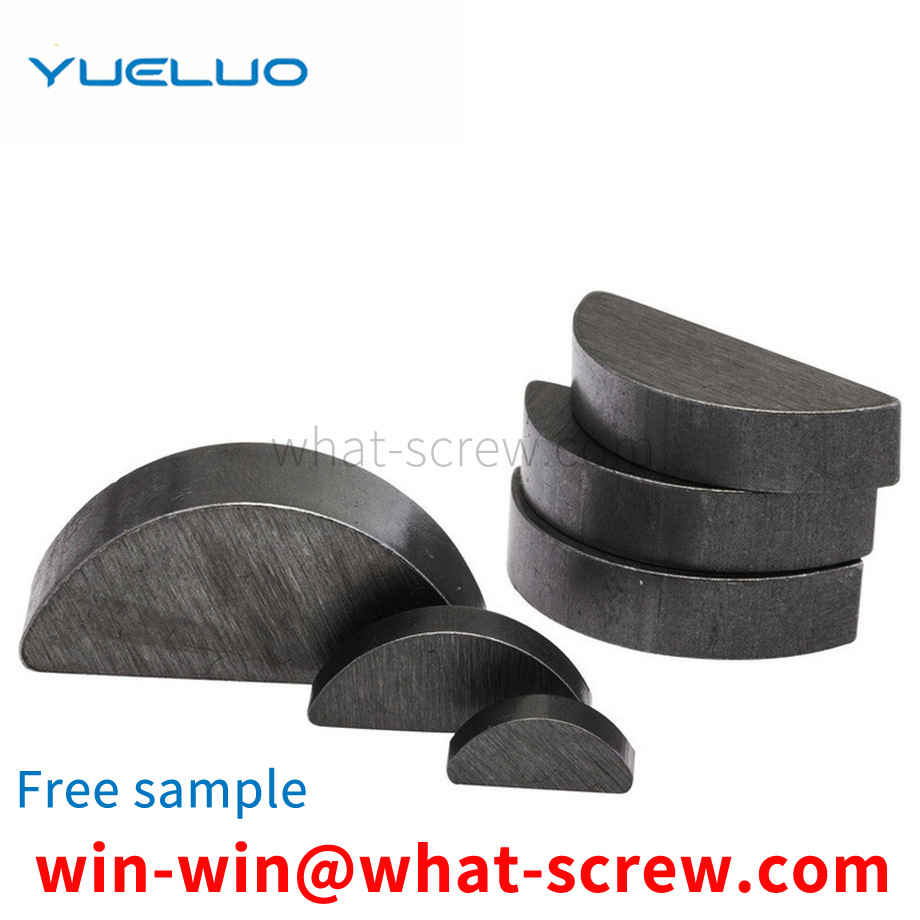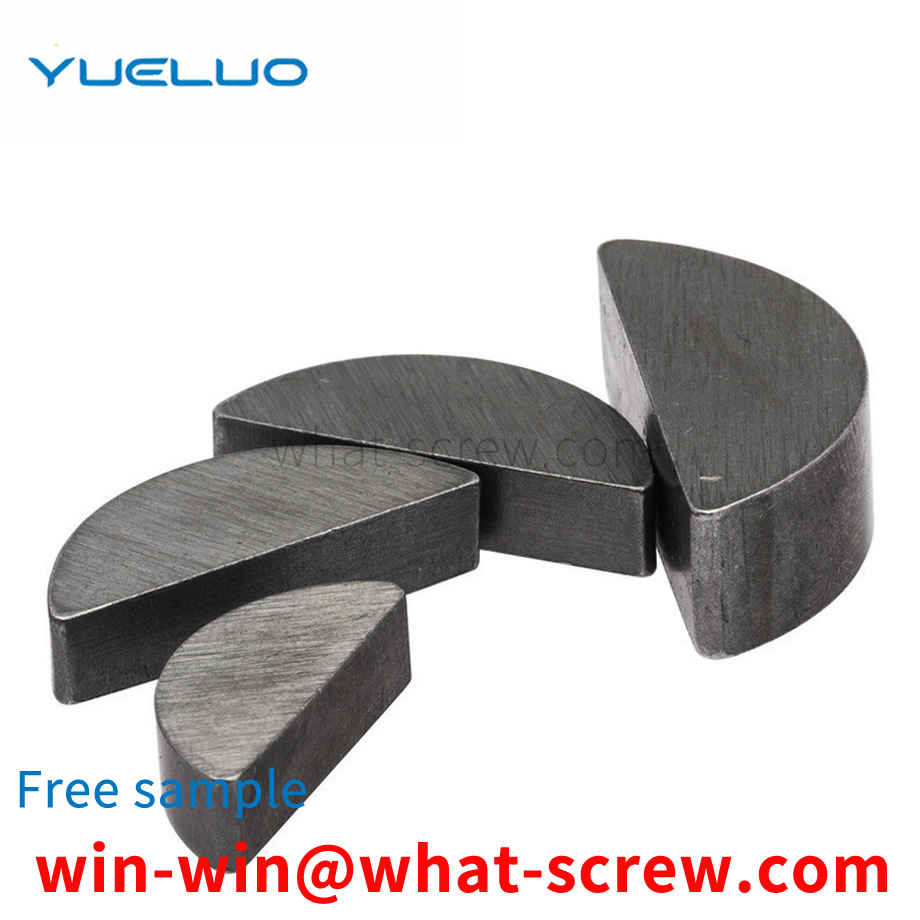On the other hand, when assembling many pin installation mechanisms, one end of the pin needs to be installed into the hole or arranged in the hole, and then the other end of the pin is applied to the pin through the pin installation mechanism, so that the pin is fixed in the hole. In the hole of the hole type product. This fixing method is not only extremely inefficient. And it is not possible to install multiple pins at once. Especially when exemplified at the other end of the pin, since there is nothing to hold the pin stable when the pin enters the hole type product, when force is applied to the other end of the pin, the pin can easily bend and damage the pin. .
Fasteners are a type of mechanical parts that are used for fastening connections and are widely used. They are used in a wide range of industries, including energy, electronics, electrical appliances, machinery, chemicals, metallurgy, molds, hydraulics and other industries. This kind of fastener is a widely used mechanical basic part. It is characterized by a wide variety of specifications, different performance and uses, and a very high degree of standardization, serialization and generalization. Therefore, some people also refer to a type of fasteners with existing standards as standard fasteners, or simply as standard parts.
The process factors that affect the quality of high-strength fasteners include steel design, spheroidizing annealing, peeling and dephosphorization, drawing, cold heading, thread processing, heat treatment, etc., and sometimes the superposition of various factors.
At present, in the process of injection molding, stamping, testing, etc., the product is usually positioned on the mounting plate or the positioning plate by pins. The general pin positioning method uses cylindrical pins with the same cross-sectional diameter for positioning. Because the product is easily deformed during processing, the pin positioning hole on the product is also deformed. With this kind of pin for positioning, the pin is often stuck. Dead products cause inconvenience in handling the workpiece, resulting in broken pins or scratched or even damaged products, with obvious defects.
The pressure riveting nut is divided into free-cutting steel pressure riveting nut S type, stainless steel pressure riveting nut type CLS, stainless iron pressure riveting nut SP type and copper and aluminum pressure riveting nut CLA type, which should be used in different environments. . Sizes are usually from M2 to M12. There is no unified national standard for rivet nuts, and they are often used in chassis cabinets and sheet metal industries. S series, CLS series, SP series pressure riveting nuts use the internal thread as a simple method to install in precision sheet metal products, and use small and precise nuts for reliable fixing to completely process the side plate of the sheet metal. The nut is inserted into the hole of the metal plate, and the inlay strengthening function is completed by pressure. Application advantages 1. The back of the plate remains completely flat; 2. Small size and precision, suitable for all electronic or precision equipment; 3. High torque resistance; 4. Easy equipment, simple riveting; 5. Standardized serialization can meet various design requirements .
We have many years of experience in the production and sales of screws, nuts, flat washers, etc. The main products are: customized screws, connecting nuts, 304A bolts, square screws and other products, we can provide you with suitable fastener solutions for you.



















 Service Hotline
Service Hotline




